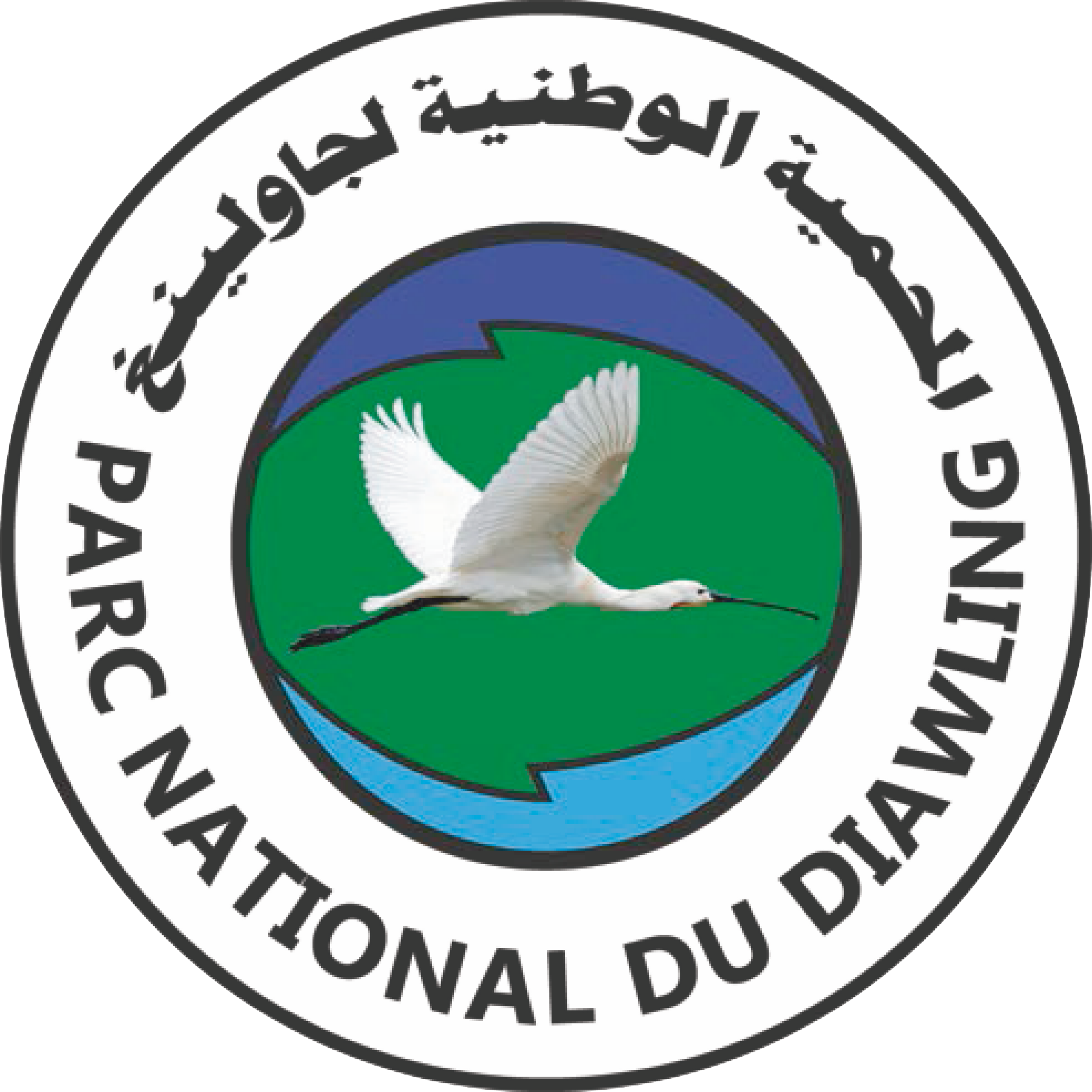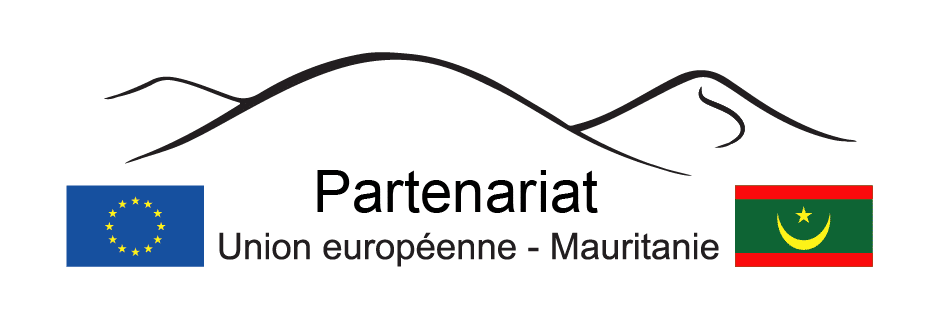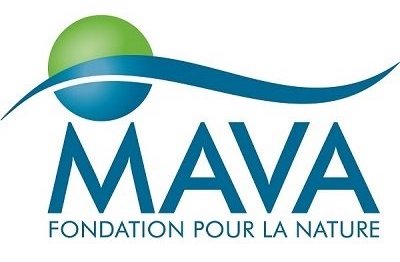Hydrological and hydrogeological monitoring
To preserve and restore aquatic environments, good management of water circulation is a necessary condition. Given its high degree of artificialization, the functioning of Diawling's aquatic environments depends not only on their own characteristics but also on human action. This plays a major role, particularly in aquatic and terrestrial biological exchanges and in hydraulic exchanges.
Monitoring made essential by water-based management of the protected area
La water management is the main parameter that conditions the productivity of ecosystems, with the corollary of services provided to local populations. It therefore constitutes an essential pillar for the Park and occupies a central place in the Development and Management Plan of the park, hence the need for regular hydrological and hydrogeological monitoring.
This monitoring activity consists of monitoring the water level and its physicochemical qualities (salinity, conductivity, dissolved oxygen, etc.), whether surface or underground, and ensuring the good condition and infrastructure maintenance, equipment and dedicated material.

A complete monitoring system deployed in the PND area
To ensure this monitoring, a monitoring system 43 limnometric scales, 26 piezometers, 15 sumps and 12 piezometer profiles is in place, located in the different basins of the Park and its peripheral zone.
The results of this monitoring are used to assess the proper implementation of the flood scenario adopted each year by the CSH.
As a reminder, in order to establish sustainable management of ecosystems based on water control on the one hand, and to maintain conditions favorable to the restoration and conservation of habitats, species and biodiversity of 'other hand, a Multidisciplinary Hydrological Monitoring Committee (CSH) was created on April 20, 2015 by service note No. 0010/D/PND. This committee meets each year at the end of the flood (which lasts from July of year N to March of year N+1) to assess the impacts and give new instructions and recommendations.


















